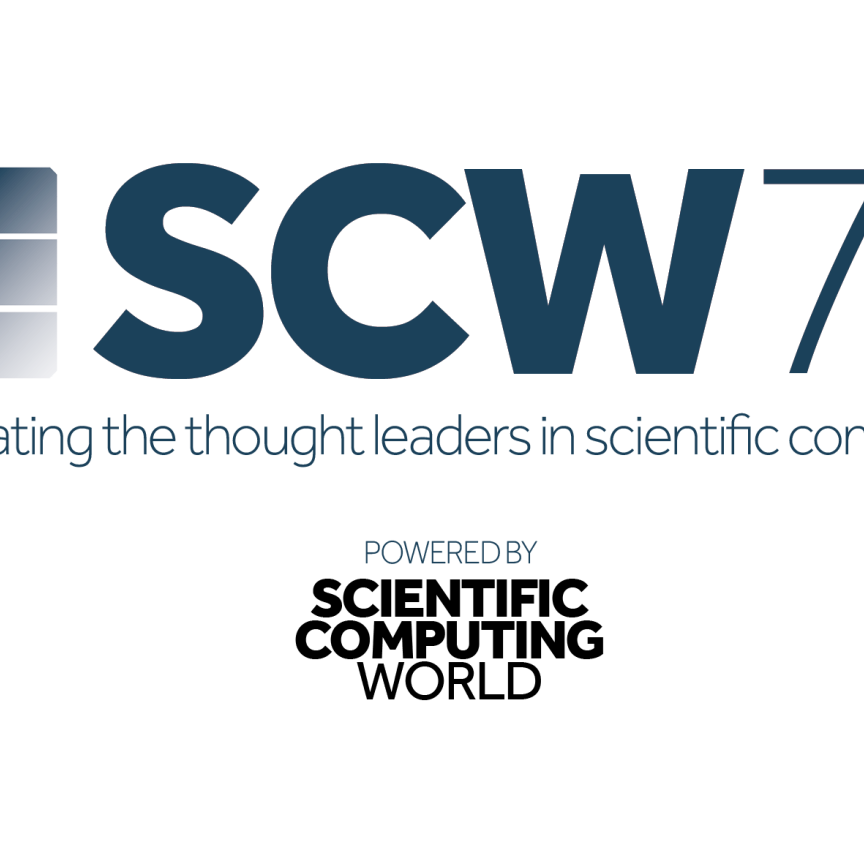The indexing of powder diffraction patterns could become a whole lot easier thanks to a completely new algorithm created by Accelrys, the subsidiary of US company Pharmacopeia (based in Cambridge, UK, and San Diego). The software, X-Cell, can be used to index not only straightforward experimental powder diffraction patterns, but also those that are not indexable with conventional methods. The algorithm's developers claim that it removes a bottleneck in structure solution.
Scientists, chemists and biologists study materials at the atomic level using X-ray crystallography, but many of the compounds they would like to study fail to crystallise. This is something of a major stumbling block, since a crystal is essential in crystallography!
The regular array of atoms in a crystal diffracts an X-ray beam and produces a recordable diffraction pattern, which is then interpreted by the crystallographer to reveal the underlying crystal structure - the position of every atom. This in turn offers a clear picture of a chemical structure, whether a small molecule pharmaceutical, a mineral, a protein, or a supramolecular complex. However, obtaining a large enough crystal is often the most difficult part of crystallography. Researchers realised, thankfully, that even if a large single crystal could not be obtained, many compounds will precipitate as microcrystalline powders. Take such a sample and expose it to an X-ray source and, by recording the diffraction pattern from all orientations around the tiny crystals, one can obtain quite detailed information - albeit not at quite the high resolution possible with a large crystal.
The advent of synchrotron X-ray sources has made powder diffraction a very successful technique where single crystals are unavailable. In some cases, it even allows batches of compounds to be analysed without the potentially rather laborious process of full crystallography having to be carried out. Powder diffraction, for instance, can provide enough data to demonstrate the presence of a particular compound in its various crystalline forms, polymorphs, in a pharmaceutical sample. And current methods have overcome many of the early obstacles in making the most of the data available.
Now, Accelrys has developed X-Cell. This, the company literature says, 'performs an exhaustive search within the defined parameter range and establishes a complete list of all possible indexing solutions.' Marcus Neumann described the principles underlying the new algorithm in a recent issue of the journal Applied Crystallography and points out how the algorithm can make the best use of current computing resources, something the older approaches fail to do.
Common indexing algorithms do not determine the zero-point shift of the powder diffraction pattern together with the unit cell parameters. This, Accelrys suggests, is the cause of significant systematic error. A second problem seen in standard algorithms is that they are not particularly robust in terms of tolerance of impurity peaks. Further, flat unit cells are difficult to index for several reasons, while determining the unit cell per se is often hindered because of peak overlap, the existence of preferred orientations, or poor statistics. In such cases, the correct unit cell is difficult to distinguish from the large number of incorrect solutions possible.
X-Cell essentially sidesteps these problems. The zero-point shift of the powder diffraction pattern is determined as part of the indexing procedure itself, while impurity tolerances can be defined, making it more robust. Impurity tolerance is set by specifying the maximum number of unindexed reflections among the experimentally observed reflections. The algorithm is robust enough to be able to determine the dominant phase of a mixture in the presence of even up to 50 per cent impurity peaks if high-quality synchrotron data are available. This means that correct unit cells can be found, even if there are impurities contaminating the main crystalline phase.
Additionally, the final structure refinement can be made much easier by coupling to density functional theory (DFT) calculations. By fixing cell parameters, it is then possible to obtain accurate atomic coordinates by carrying out a lattice energy minimisation. A quick verification of the optimised structure is then possible against conventional Rietveld refinement with fixed atomic coordinates. The DFT calculations thus allow the user to choose the correct crystal structure from a choice of possible solutions. X-Cell has now been added to Accelrys' Materials Studio's suite of crystallisation tools. Available within MS Modeling, Materials Studio's modelling and simulation product line, the algorithm is implemented in Reflex, a tool that simulates X-ray, neutron, and electron powder diffraction patterns based on models of crystalline materials. It runs on Windows NT4, 2000, XP, or HP Tru64. David Bradley is a freelance science writer contactable via www.sciencebase.com
Further reading
'X-Cell: a novel indexing algorithm for routine tasks and difficult cases', M. A. Neumann, J. Appl. Crystallogr., 2003, 36, 356-365; http://dx.doi.org/10.1107/S0021889802023348
More information at www.accelrys.com/mstudio/ and www.accelrys.com/mstudio/xcell.html

